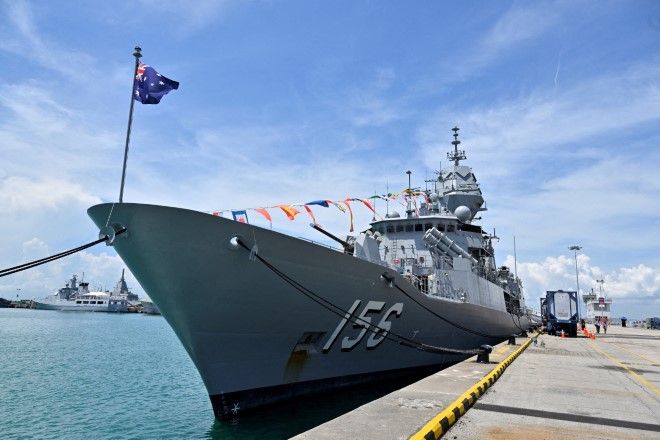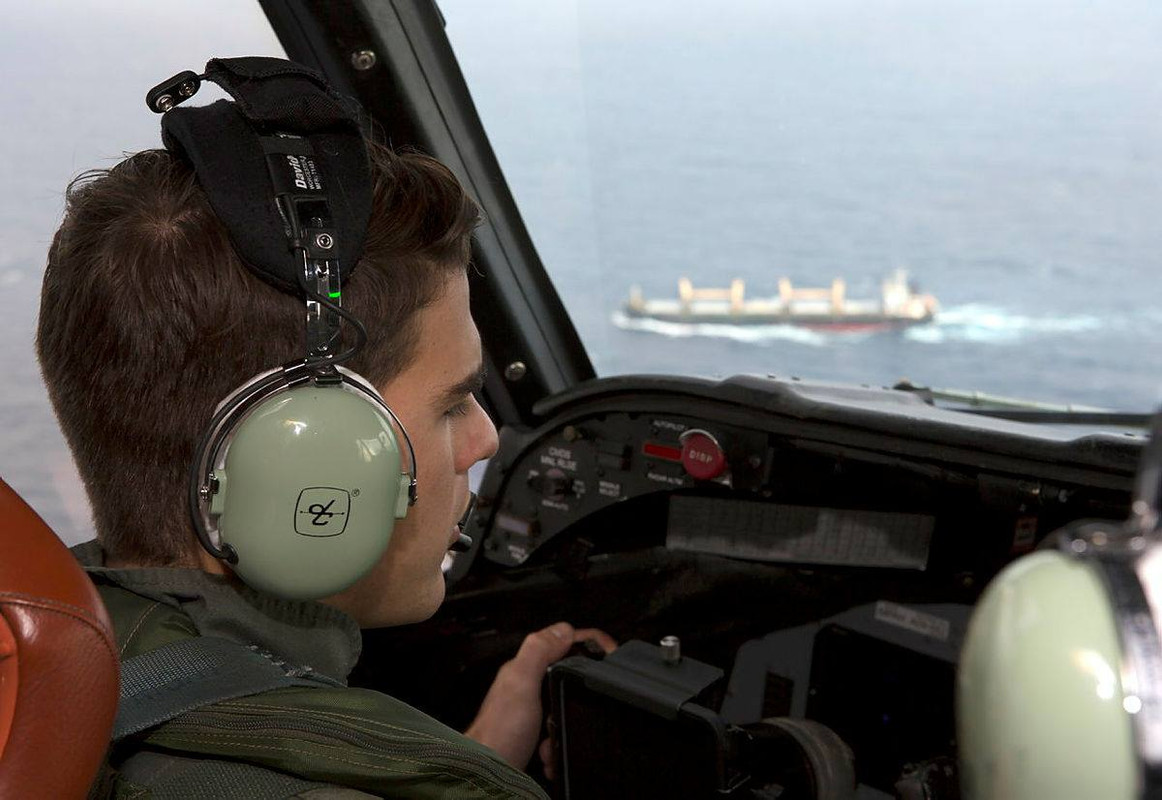- Jul 2, 2018
- 3,490
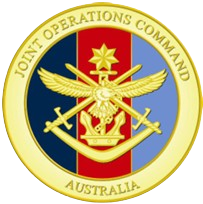 |
OPERATION GATEWAY |
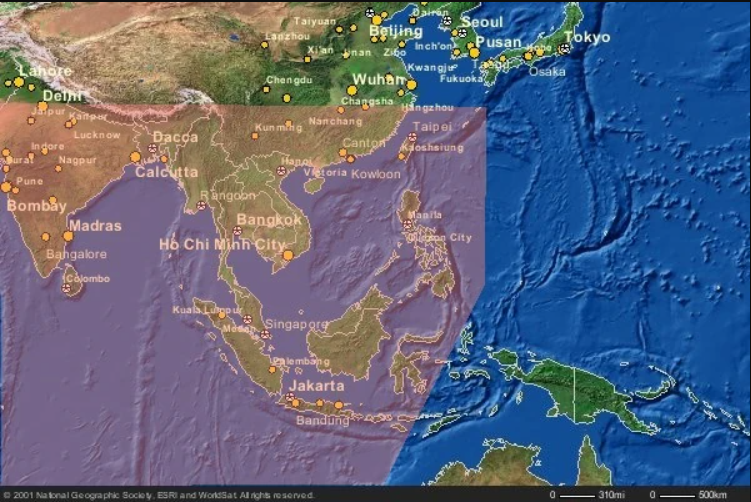 |
| Objective: | Operation Gateway is the Australian Defence Force contribution to the preservation of regional security and stability in South East Asia as well as search and rescue operations. |
| Date: | 1980 - Present |
| Location: | Strait of Malacca, Bay of Bengal, Andaman Sea, South China Sea, Sulu Sea, Celebes Sea |
| Status: | Ongoing |
BELLIGERENTS |
 Australia Australia
 Thailand ThailandIn support of: 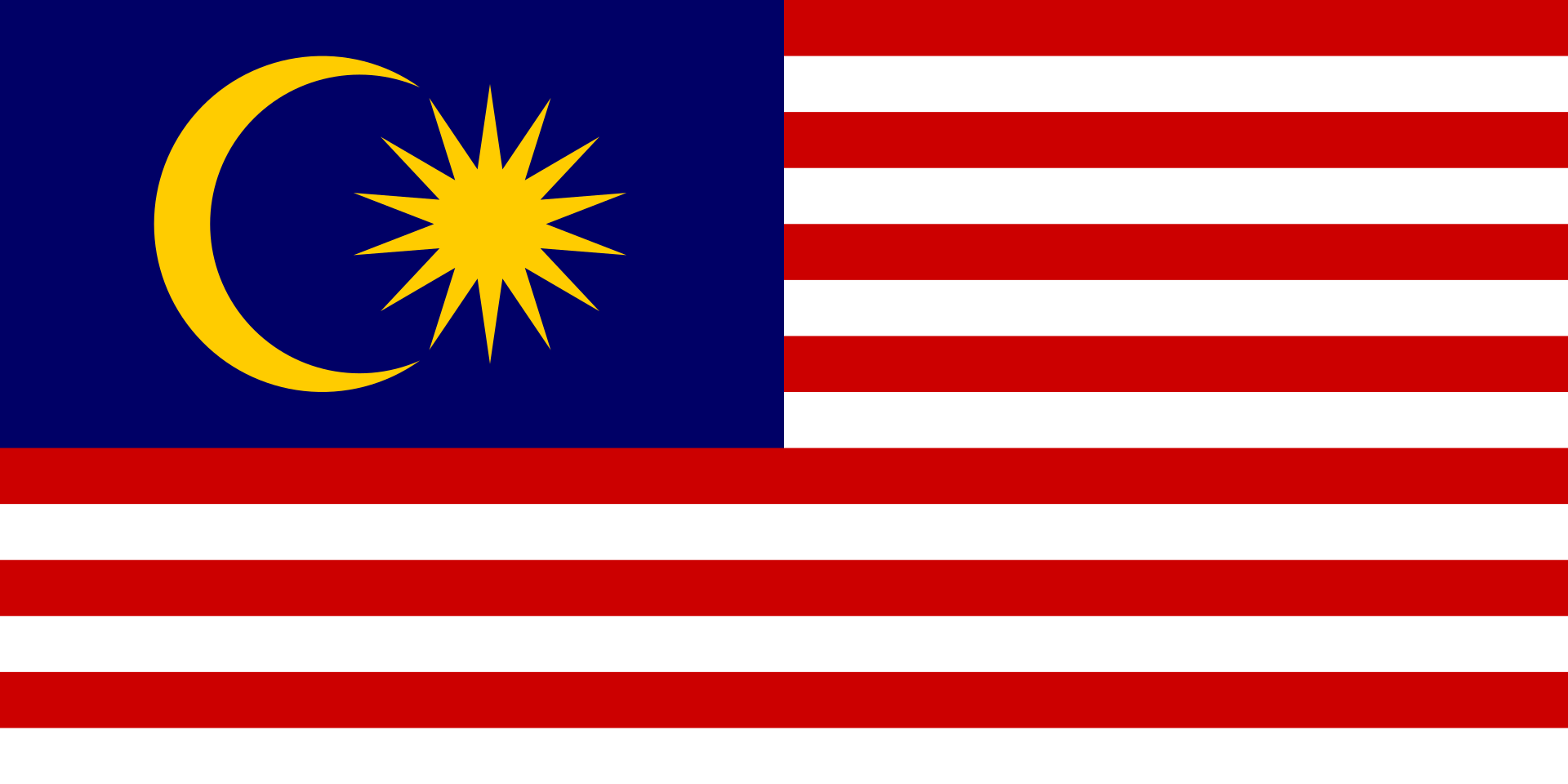 Malaysia Malaysia Singapore Singapore Philippines Philippines Indonesia Indonesia Brunei Brunei Timor-Leste Timor-Leste | 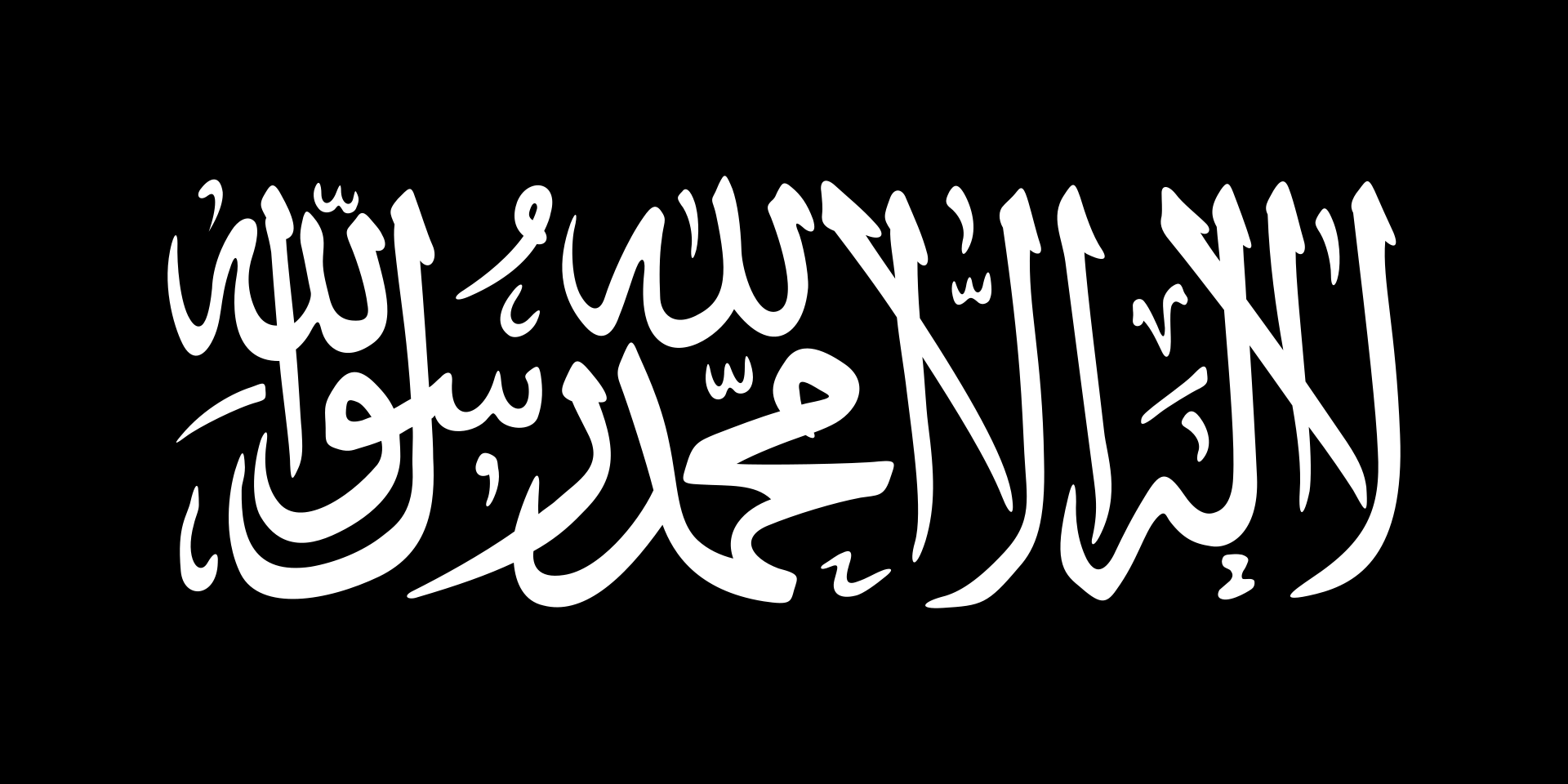 Jemaah Islamiyah Jemaah Islamiyah Abu Sayyaf Abu Sayyaf Sultanate of Sulu Sultanate of Sulu Moro National Liberation Front Moro National Liberation Front Moro Islamic Liberation Front Moro Islamic Liberation FrontPirates People Smugglers Drug Smugglers Oil Smugglers Drug Cartels
|
COMMANDERS AND LEADERS |
 Julia Gillard (Prime Minister) Julia Gillard (Prime Minister) John Faulkner (Minister for Defence) John Faulkner (Minister for Defence) Air Chief Marshal Angus Houston (Chief of the Defence Force) Air Chief Marshal Angus Houston (Chief of the Defence Force) Vice Admiral David Johnston (Chief of Joint Operations) Vice Admiral David Johnston (Chief of Joint Operations) Vice Admiral Ray Griggs (Chief of Navy) Vice Admiral Ray Griggs (Chief of Navy) Air Marshal Mark Binskin (Chief of Air Force) Air Marshal Mark Binskin (Chief of Air Force) Rear Admiral Katherine Richards (Commander Australian Fleet) Rear Admiral Katherine Richards (Commander Australian Fleet) Air Vice-Marshal Leo Davies (Air Commander Australia) Air Vice-Marshal Leo Davies (Air Commander Australia) |  Zarkasih Zarkasih Abu Bakar Baasyir Abu Bakar Baasyir Khadaffy Janjalani Khadaffy Janjalani Isnilon Hapilon Isnilon Hapilon Radullan Sahiron Radullan Sahiron Jamalul Kiram III Jamalul Kiram III Ismael Kiram II Ismael Kiram II Nur Misuari Nur Misuari Murad Ebrahim Murad Ebrahim |
STRENGTH |
Royal Australian Navy:
| 6,000 Jemaah Islamiyah fighters 1,250 Abu Sayyaf fighters 30,000 Moro Islamic Liberation Front fighters |
CASUALTIES AND LOSSES |
| None | None |
Last edited:






